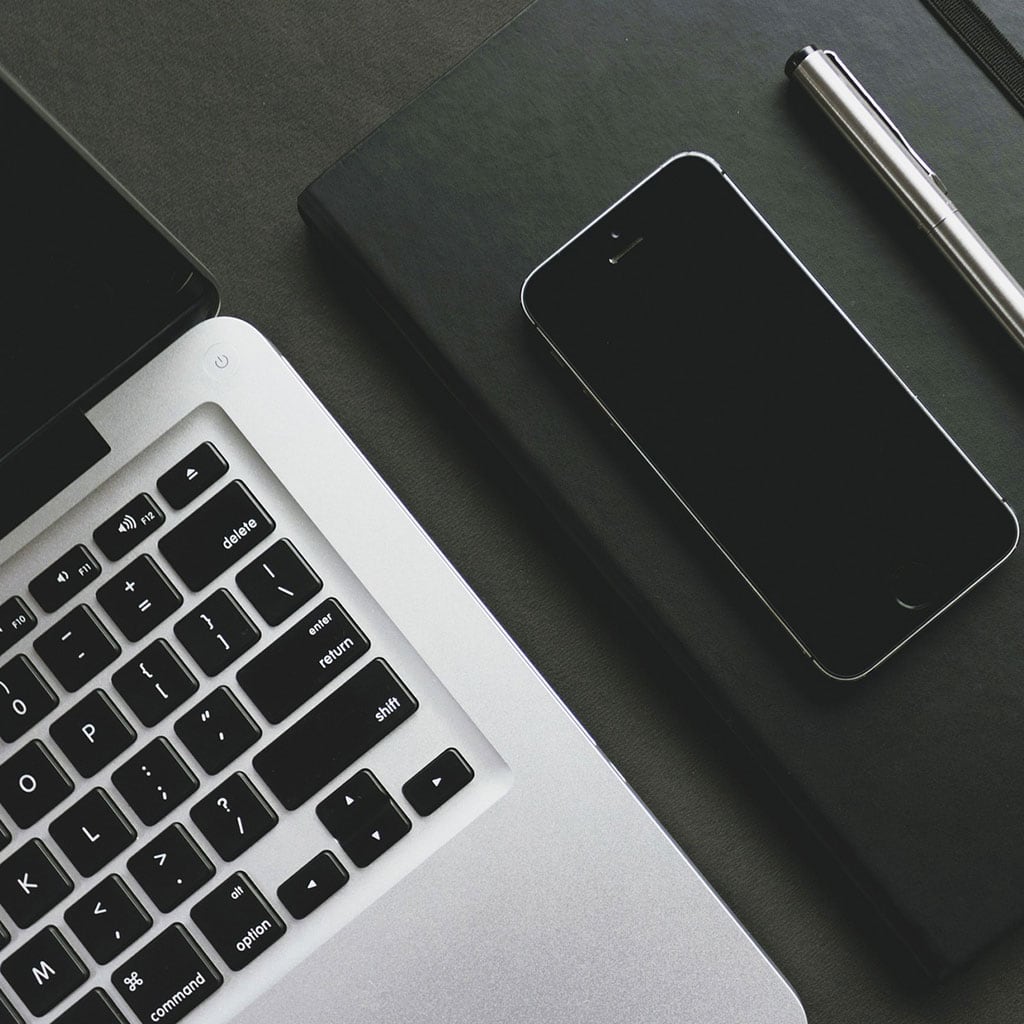How to sync MacBook calendar to iPhone
How to sync MacBook calendar to iPhone
Syncing your MacBook calendar with your iPhone ensures that you have access to your schedule on the go. Here’s how to set it up.
How Does Syncing Work in Real-Time?
Real-time syncing is a process that allows for instantaneous updates and changes to be reflected across multiple devices or platforms. It operates on the principle of continuous data transmission, ensuring that any modification made on one device is swiftly transmitted and mirrored on all connected devices. This is particularly crucial for applications where time-sensitive information is involved, such as calendars, messaging apps, and collaborative documents. Real-time syncing relies on a robust network infrastructure, often leveraging technologies like cloud servers and high-speed internet connections to ensure seamless and rapid data transmission.
The mechanism behind real-time syncing involves a constant flow of data between the source device and the cloud server. When a change is made on the source device, it is immediately sent to the server. The server then processes this information and transmits it to all connected devices, triggering an almost instant update. This process ensures that all devices in the synchronization network stay current and reflect the latest changes made by any user. The efficiency and speed of real-time syncing make it an invaluable feature in today’s interconnected digital landscape, allowing for smooth and collaborative work environments, as well as providing up-to-date information across all devices in real-time.
How to synchronize the calendar on a MacBook with an iPhone?
Synchronizing your MacBook calendar with your iPhone can help you stay organized and keep track of your appointments, events, and important dates seamlessly across both devices. Here’s a step-by-step guide on how to achieve this synchronization:
Method 1: Using iCloud
- iCloud Setup: Ensure that both your MacBook and iPhone are signed in with the same Apple ID and connected to iCloud.
- Calendar Sync: On your MacBook, open the “Apple Menu” and go to “System Preferences.”
- iCloud Preferences: Click on “Apple ID” and select “iCloud.” Make sure the “Calendars” option is checked to sync your MacBook calendar with iCloud.
- Check on iPhone: On your iPhone, go to “Settings” and tap on your Apple ID at the top.
- iCloud Settings: Scroll down and select “iCloud.” Make sure “Calendars” is turned on.
Now, any events or changes you make to your MacBook calendar will be automatically synchronized with your iPhone through iCloud.
Method 2: Using Third-Party Calendar Services (e.g., Google Calendar)
- Create a Google Account: If you don’t already have one, create a Google account.
- On MacBook: On your MacBook, open the “Apple Calendar” app.
- Preferences: Click on “Calendar” in the top menu bar and select “Preferences.”
- Accounts: Go to the “Accounts” tab and click the “+” button to add an account.
- Google Account: Select “Google” as the account type and sign in with your Google credentials.
- Sync Calendars: Make sure the “Calendars” option is checked.
- On iPhone: On your iPhone, go to “Settings,” scroll down and select “Calendar.”
- Accounts: Tap on “Accounts” and choose “Add Account.”
- Google: Select “Google” and sign in with the same Google account you used on your MacBook.
- Sync Calendars: Ensure that the “Calendars” option is turned on.
Your MacBook calendar events should now sync with your Google Calendar, which can be accessed through the Apple Calendar app on your iPhone.
Method 3: Using Microsoft Outlook
- Outlook Account: Set up a Microsoft Outlook account if you haven’t already.
- On MacBook: Open the “Apple Calendar” app.
- Preferences: Click on “Calendar” in the top menu bar and select “Accounts.”
- Microsoft Exchange: Add a new account by choosing “Microsoft Exchange” as the account type.
- Sign In: Enter your Outlook email address and password.
- Sync Calendars: Make sure the “Calendars” option is selected.
- On iPhone: On your iPhone, go to “Settings,” scroll down and select “Calendar.”
- Accounts: Tap on “Accounts” and select “Add Account.”
- Outlook: Choose “Exchange” as the account type and sign in with your Outlook credentials.
- Sync Calendars: Ensure that the “Calendars” option is enabled.
Now, your MacBook calendar events will sync with your Outlook calendar, which you can access through the Apple Calendar app on your iPhone.
Choose the method that best suits your preferences and existing accounts to enjoy seamless calendar synchronization between your MacBook and iPhone.
Are There Any Concerns About Privacy or Security when Syncing Calendars?
When it comes to syncing calendars between devices, privacy and security are paramount considerations. Firstly, users should ensure that their device settings are configured to safeguard their information. This involves setting up strong passwords and enabling two-factor authentication where possible. Additionally, users should regularly review their device toolbar for any suspicious activities or unauthorized access attempts. It’s also crucial to maintain a secure internet connection when initiating sync operations, especially if sensitive data is involved. A weak or compromised network can potentially lead to sync issues or even expose private information.
Furthermore, users should be attentive to the sync settings within their calendar tools. They should only grant necessary permissions and carefully review which calendars are being synchronized. It’s advisable to avoid enabling automatic sync for all calendars if there are any containing sensitive or confidential events. Regularly auditing and managing these settings ensures that users have a higher degree of control over their data and minimizes the risk of unauthorized access or accidental exposure of private information. By staying vigilant and proactive in managing their sync options, users can enhance the privacy and security of their synchronized calendars.





You must be logged in to post a comment.